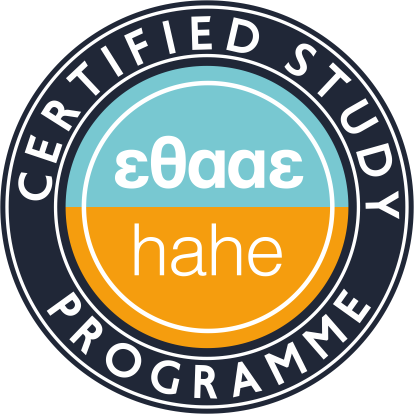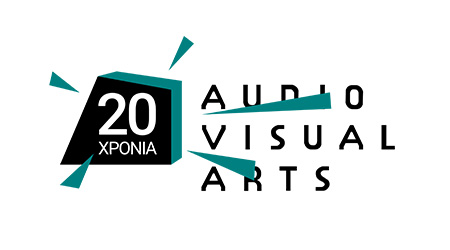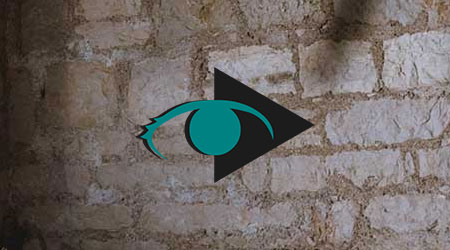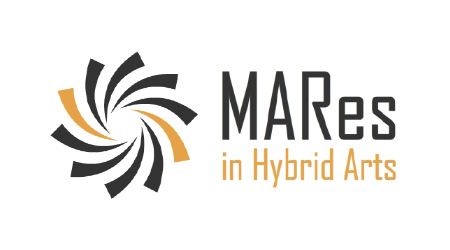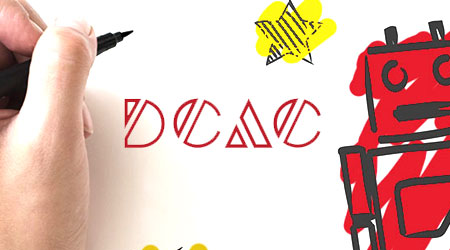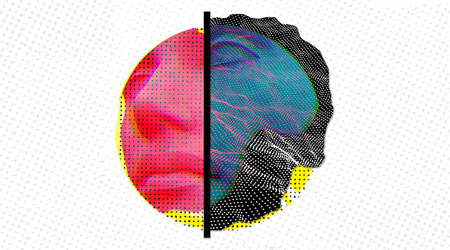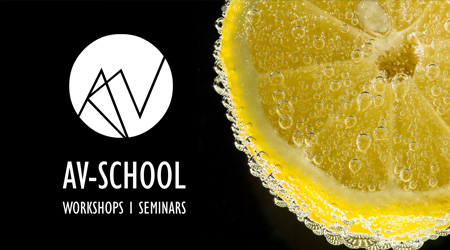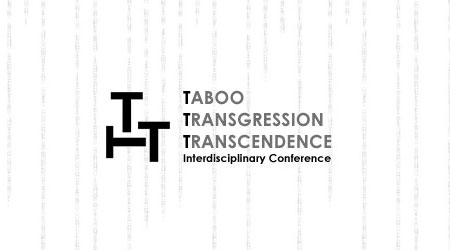Comics Illustration
Teaching Staff: Verykios Spyridon
Course Code: VIS632
Course Category: Specific Background
Course Type: Elective
Course Level: Undergraduate
Course Language: Greek
Delivery method: Lectures
Semester: 6th
ECTS: 5
Teaching Units: 3
Teaching Hours: 3
Teaching Structure:
| Activity | Semester Workload |
|---|---|
| Lab Lectures | 39 |
| Literature Study and Analysis | 56 |
| Practice and Preparation | 30 |
| Course Total (ECTS: 5) | 125 |
Recquired / Recommended : Συνέντευξη/Interview - Portfolio
Prerequisite to / Recommended to: (AVA843)
Comics Illustration is a course aimed at students who focus on a career in the applied arts and visual communication fields.
This course introduces students to a broad range of concepts of illustration and imaging related to the mediums of illustration, comics, visual arts, cinema and 3d visualization.
Students are taught the basic principles of illustration, perspective, pictorial composition, character design and narrative structure of a visual story.
The primary goal of this course is to supply students with the practical and critical tools to deal with complex design issues, in relation to visually oriented narrative media such as illustrated books, comics, feature films and 3D graphics.
Through a series of orchestrated lectures and exercises, students will develop an in depth understanting on the methods, tools, techniques and procedures used in the field of imaging, ilustration and visual storytelling.
They are encouraged to create a number of projects, develop their design skills, experiment with different illustration techniques and finally develop apersonal visual aproach.
1st Week: Introduction
- Contour line and Representation
- Euclidean Space, axes, perspective, shape overlay,
scaling of sizes
- Principles of composition, unity and hierarchy
2nd Week: Design Simplification
- Form Simplification
- Depth and pictorial flatness
- Tonal scales and monochromatic color
- Principles of composition, design, rhythm, unity & contrast,
linear continuity, grid
3rd Week: Simplification & and pictorial flatness
- Exercises aimed at the consolidating the principles that where taught
during the 1st and 2nd week
4th Week: Flat Space (a)
- Flat Space, axes, frontal / isometric / reverse perspective
- Rhythmic shapes
- Flat space and color scales
5th Week: Flat Space (b)
- Hierarchical perspective
- Hierarchical perspective and the principle of trancperancy
6th Week: Flat Space
- Exercises aimed at the consolidating the principles that where taught
during the 4th and 5th week
7th Week: Expressive Space
- Expressionism
- Expressive space, axes, perspective distortion, multiple perspective
- Expressive space, rhythmic patterns
- Expressive space, tone and color scales
8th Week: Collage
- Dada, Collage, Deconstruction
- Synthetic photographic processing
- Principles of graphic design with an emphasis on the theory of Deconstruction
9th Week: Symbolic spaces
- Types of symbolic space
- Methodology for the composition of symbolic spaces
- Trancperancy
10th Week: Representational space
- Fundamentals of Representational Illustration
- Hierarchy of details, tone, color and texture
- Tone and color structure of forms
- Atmospheric perspective
11th Week: The Disney Tradition
- Principles of organizing forms trough basic geometric shapes
- Character Archetypes
- Movement
12th Week:
- Exercises aimed at the consolidating the principles that where taught
during the semester
13th Week:
- Exercises aimed at the consolidating the principles that where taught
during the semester
The course consists of a series of lectures, during which the theoretical and artistic elements of illustration and imaging are introduced.
Emphasis is placed on the presentation of historical and contemporary approaches of imaging, the historical / aesthetic aspects in which they were developed and the organising possibilities of their pictorial elements.
The work of visual artists and illustrators is presented during the lectures, as a basis for understanding specific strategies of visual organization.
Students apply these organizing principles in the framework of orchestrated exercises.
Enhanced by multimedia content.
The learning process is supported by the asyncrhonous e-learning platform e-class.
An evaluation questionnaire is filled and submitted anonymously by the students.
During the exams students submit artwork files that they carried out during the semester.
The evaluation of their work is based on quantitative and qualitative assessment in relation to the principles taught during the semester.
Back
| << | < | December 2025 |
> | >> | ||
| Mo | Tu | We | Th | Fr | Sa | Su |
1 |
2 |
3 |
4 |
5 |
6 |
7 |
8 |
9 |
10 |
11 |
12 |
13 |
14 |
15 |
16 |
17 |
18 |
19 |
20 |
21 |
22 |
23 |
24 |
25 |
26 |
27 |
28 |
29 |
30 |
31 |
||||
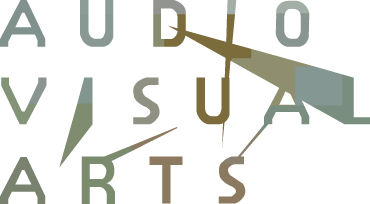


 Comics Illustration
Comics Illustration